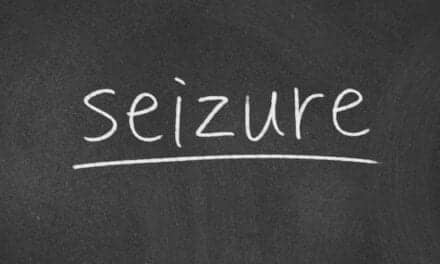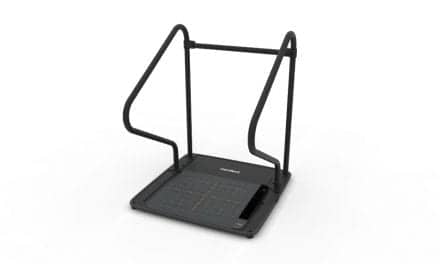In a recent news release, SoutheastHEALTH announced that Southeast Hospital’s stroke care program has earned Stroke Center Level II designation through Missouri’s Time Critical Diagnosis (TCD) System. The release notes that the designation as a Level II Stroke Center reflects Southeast’s commitment to timely, definitive care that provides stroke patients optimal outcomes for survival and recovery. Additionally, Southeast holds the Gold Seal of Approval from The Joint Commission for Primary Stroke Centers.
According to the release, more than 400 patients are treated yearly at Southeast Hospital for stroke or transient ischemic attack (TIA). Missouri’s TCD System is intended to bring “together the 911 emergency response system, ambulance services and hospitals in a new, integrated, definitive approach to provide a quicker response to stroke,” says SoutheastHEALTH Emergency Services Medical Director Andrew Brenner, JD, MD, in the release.
The Missouri Department of Health and Senior Services, the Missouri Foundation for Health, and partners throughout the state developed the TCD System. The commitment to become part of the TCD System is voluntary and requires significant involvement of the entire stroke care team, the release says.
Once a call is made to 911, emergency medical responders begin treatment as soon as they arrive. The responders alert the hospital that they are en route with a patient and continue to communicate with specialized Hospital staff about the patient’s treatment. Upon arrival at Southeast’s Emergency Services, the release states that a highly skilled medical team is ready to immediately continue the patient’s care.
Incorporating stroke care into the state’s TCD System is intended to serve as a lifesaving benefit to many patients, according to Randall L. Stahly, DO, medical director of Southeast’s Stroke Center.
Stahly notes in the release that every year, about 800,000 Americans sustain a stroke and 144,000 die. For stroke survivors, damage can range from minimal to life-changing. “That makes aggressive treatment and post-stroke rehab absolutely vital.”
Kenneth Bateman, Southeast president, CEO, extends his congratulations to the Southeast staff, noting, “This designation aligns with our mission as a regional healthcare system and our commitment to supporting healthy lives in the communities we serve.”
The release reports that the TCD System is designed to recognize four levels of hospital designation across the state. These center designations reflect a variety of hospital-based functions within the emergency medical care system and each plays a key role in the system.
In general, the release says Level I Centers serve as resource centers within a region, generally in metropolitan area, maintaining specialized resources for the most complex patients.
Level II Centers provide definitive care to high volumes of stroke patients within a region; Level III Centers provide access into the system and patient care in non-metropolitan areas, and generally refer to a higher-level center for definitive care; and Level IV Centers provide access into the system in rural areas and stabilize and prepare patients for rapid transfer to a higher level of care.
Source: SoutheastHEALTH





